Fatty Acids in Olive Oil & Chemical Composition Explained
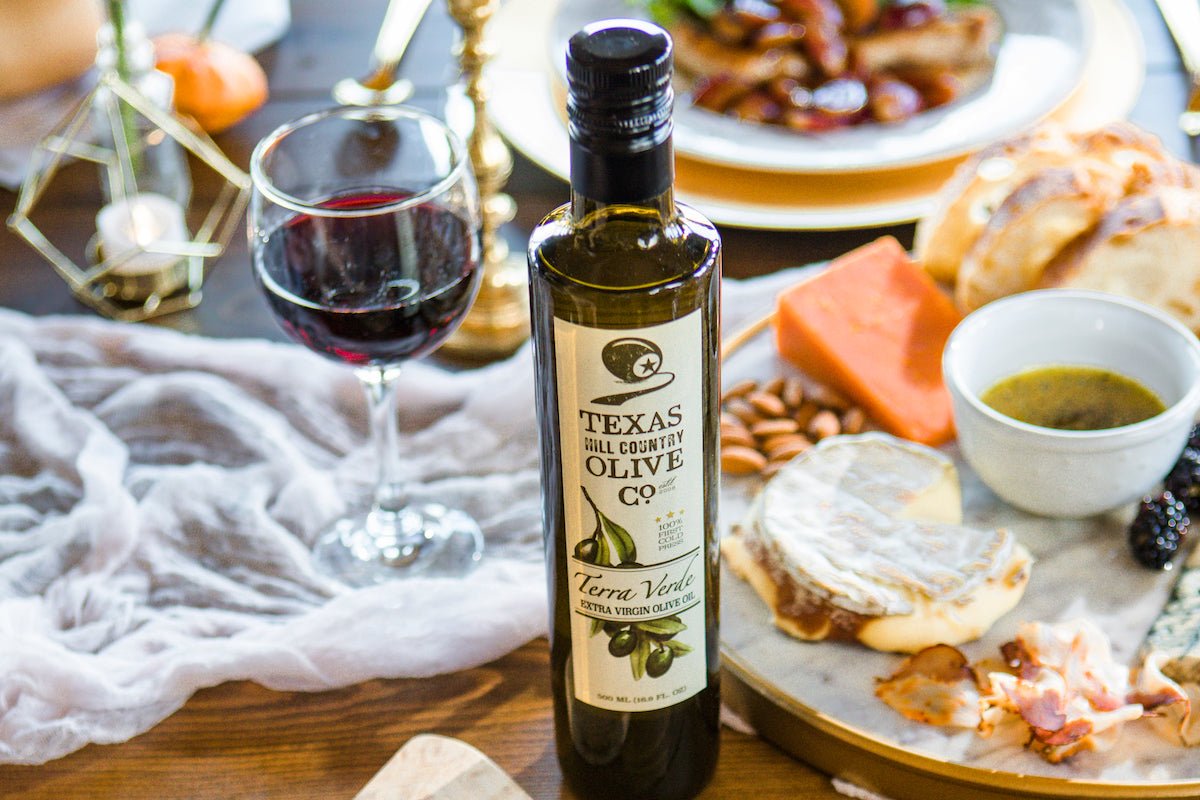
Did you get your bottle of extra virgin olive oil, and want to learn a little bit more about what makes it so healthy? Do you have absolutely no idea what half of the information about it even means? Like, what even are free fatty acids?
It's ok - we're here to help! We are going to break down all the scientific mumbo-jumbo on your Texas Extra Virgin Olive Oil so that you can better understand exactly why people for centuries have referred to it as "liquid gold." You'll be able to tell the authenticity of olive oils like the best of them when we're through!
Texas Extra Virgin Olive Oil Chemical Analysis & Composition
If you've been looking at the Extra Virgin Olive Oils on our website you may have noticed this handy little chart:

Although each oil's chart information differs, the listed information remains the same. So let's break down what exactly each of these means.
Polyphenol Rich Olive Oil
Polyphenols are a diverse group of organic compounds found in plant-based foods, including olive oil.
These compounds serve as a powerful antioxidant, helping to protect the body against oxidative stress caused by free radicals, and help your immune system. Oxidative stress is a process that can damage cells and contribute to the development of chronic diseases such as cancer, heart disease, and neurodegenerative disorders.
An olive oil with a higher polyphenol count tends to have slightly more health benefits and a stronger and more peppery flavor. A count above 220 is considered high, and anything below 120 is really a no-go in our book.
Delicate EVOOs with a more buttery flavor will often have a lower polyphenol count (120-220 range). Although they are lower, they are more versatile and because of their more mild flavor, are great to use in baking and as substitutes for butter.
For an even more in-depth look at polyphenols, check out this comprehensive blog post.
Free Fatty Acidity (FFA) in Texas Olive Oil
Free fatty acid or free acidity (FFA) is a crucial measurement indicating the breakdown of triglycerides, as fatty acid chains are released. It offers insights into the quality of the oil based on fruit quality and handling.
Typically, the primary fatty acid found in olive oil (measured in grams per 100 grams of oil) is expressed as a percentage of free fatty acids in relation to oleic acid. It's crucial to differentiate FFA from the level of oleic acid present in olive oil. While FFA doesn't fluctuate significantly over the oil's lifespan, a lower FFA level at production contributes to a longer shelf life.
The International Olive Council (IOC) sets a maximum limit of 0.8% for free acidity in extra virgin olive oil to ensure its classification as "extra virgin." Low levels of free acidity indicate that the oil is extracted from fresh, healthy olives, while higher levels may indicate poor harvesting or processing techniques.
Peroxide Value (PV) of Extra Virgin Olive Oil
Peroxide value (PV) serves as a measure of peroxide compounds resulting from primary oxidation. A high peroxide value often indicates poor processing and potential issues with oil preservation. The final stage of oxidation involves peroxide breakage, leading to the formation of new compounds that can be perceived as rancid-smelling.
Interpreting this chemical value is relatively straightforward and valuable when analyzing freshly-made virgin oils. However, as the oil ages, the PV may fluctuate, requiring consideration alongside other analytical parameters for meaningful interpretation.
The International Olive Oil Council sets a maximum limit of 20 meq/kg for the number of peroxides in extra virgin olive oil. Oils with lower peroxide values are considered to be of higher quality and have a longer shelf life, so higher peroxide levels are not ideal. High-quality EVOOs should have a peroxide value under 12.
Harvest Date and Best By Date of Extra Virgin Olive Oil
The harvest date of extra virgin olive oil (EVOO) is a crucial piece of information that provides valuable insights into its freshness, quality, and flavor profile. It indicates the time when the olives were picked and pressed to extract the oil. Here's what you should know about the harvest date:
-
Freshness and Quality: EVOO is at its best when it is fresh, meaning it has been recently produced from freshly harvested olives. As time passes, the oil's sensory and nutritional qualities can deteriorate. Therefore, it is recommended to choose EVOO with a recent time of harvest, ideally within a year of harvest. However, that is not to say this olive oil quality won't lessen much after a year. Unopened high quality EVOO can last past the best-by date, and once opened (if in proper storage conditions i.e. room temperature) can remain high-quality for up to 6 months.
-
Transparency and Authenticity: A reputable producer or brand should clearly indicate the harvest date on the bottle. This information demonstrates transparency and allows consumers to make informed choices. It also reflects the commitment of the producer to provide a high-quality product. Beware of bottles that lack a harvest date or provide vague or misleading information. For Texas Hill Country Olive Co., look for the harvest date at the back of the bottle, underneath the label, and printed directly on the bottle. Since it's a dark-tinted bottle, if you're having trouble reading the date, hold the bottle under the light. The authenticity of the olive oil is a worldwide issue, so to ensure you are getting pure extra virgin olive oil, make sure to check the label on your bottle thoroughly, and be wary of any oils that come from more than one country.

What Else Makes Extra Virgin Olive Oil Good For You?
Olive oil, in comparison to other fruit and vegetable oils, offers numerous health benefits due to its unique composition and production methods. Unlike oils high in palmitic acid, such as some seed oils, olive oil contains higher levels of monounsaturated fatty acids, particularly oleic acid, which is associated with various health advantages.
Extra-virgin olive oil, derived from the first pressing of the olive fruit, showcases superior quality and is rich in polyunsaturated fatty acid, vitamin E, and phenolic compounds. These natural antioxidants contribute to its positive effects on cardiovascular health, reducing the risk of heart disease.
Additionally, the monounsaturated omega-9 fatty acid in olive oil aids in maintaining healthy cholesterol levels. Despite its ability to withstand high temperatures during cooking, olive oil's fatty acid composition remains stable, preventing the formation of harmful compounds like fatty acid ethyl esters. Linoleic acid is an essential omega-6 fatty acid found in olive oil's chemical composition. Linoleic acid is considered essential because the human body cannot produce it on its own and must obtain it from dietary sources.
The Mediterranean area's favorable climatic conditions further enhance the quality and health-promoting properties of olive oil. Its presence of alpha-linolenic acid, along with stearic acid and other major fatty acids, offers additional benefits, including anti-inflammatory properties and support for brain health.
Shop the Best Texas Olive Oil!
The quality of extra virgin olive oil is a big determinant of the health benefits you get from it. Poor quality olive oil can be spotted by looking for the levels and factors covered in this article, from the FFA count to the harvest date.
Overall, the consumption of high-quality olive oil is a natural product that has been associated with numerous health benefits, making it a valuable component of a balanced and nutritious diet. And if you're looking for the best extra virgin olive oil, look no further than Texas Hill Country Olive Co.'s fresh olive oil!


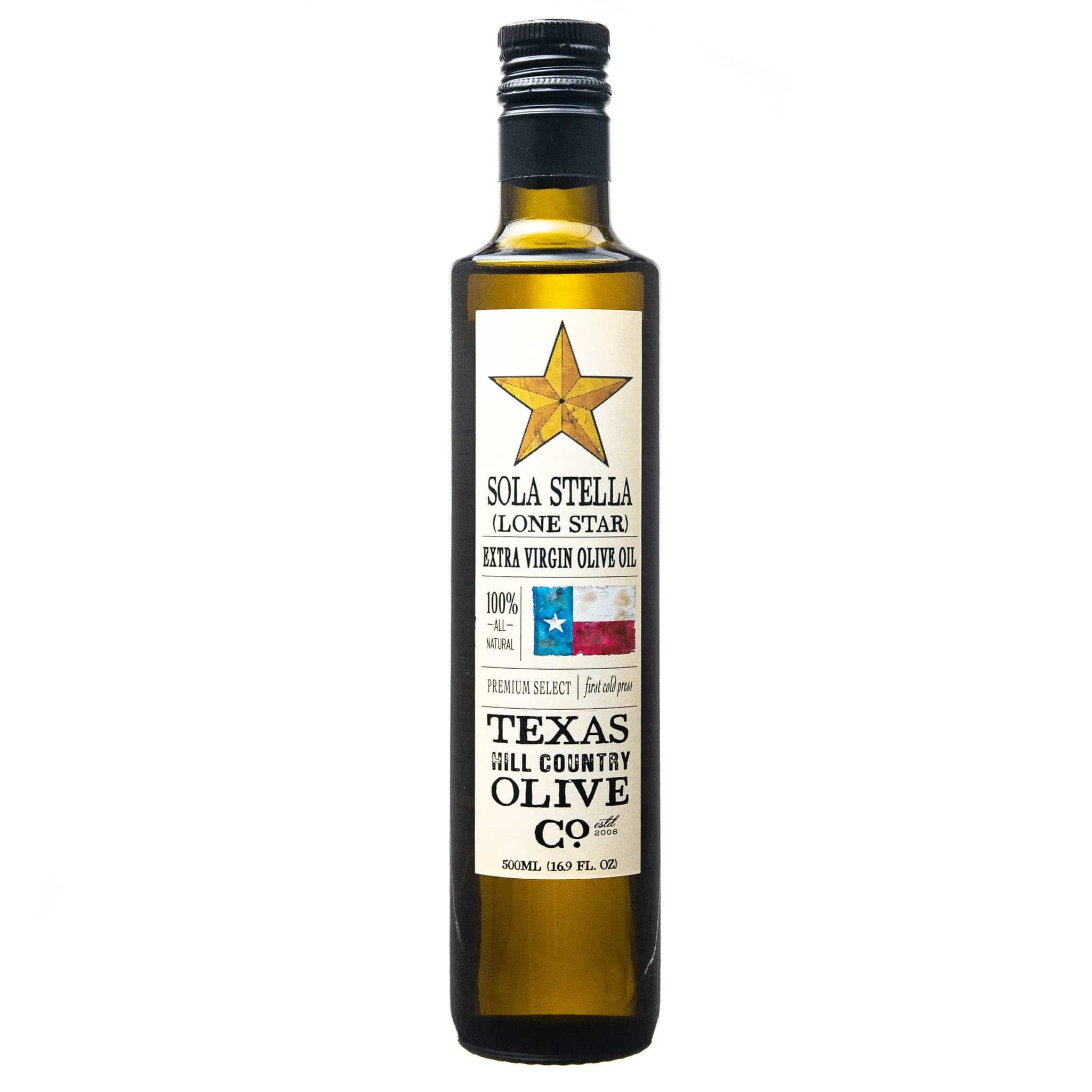
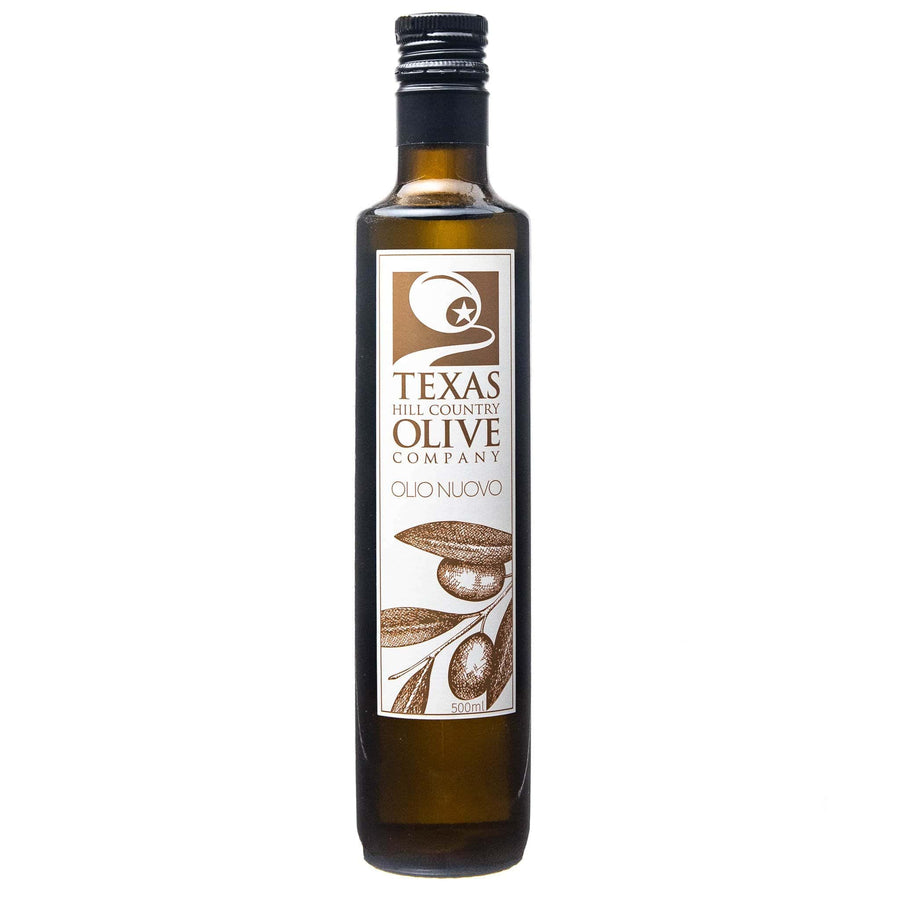

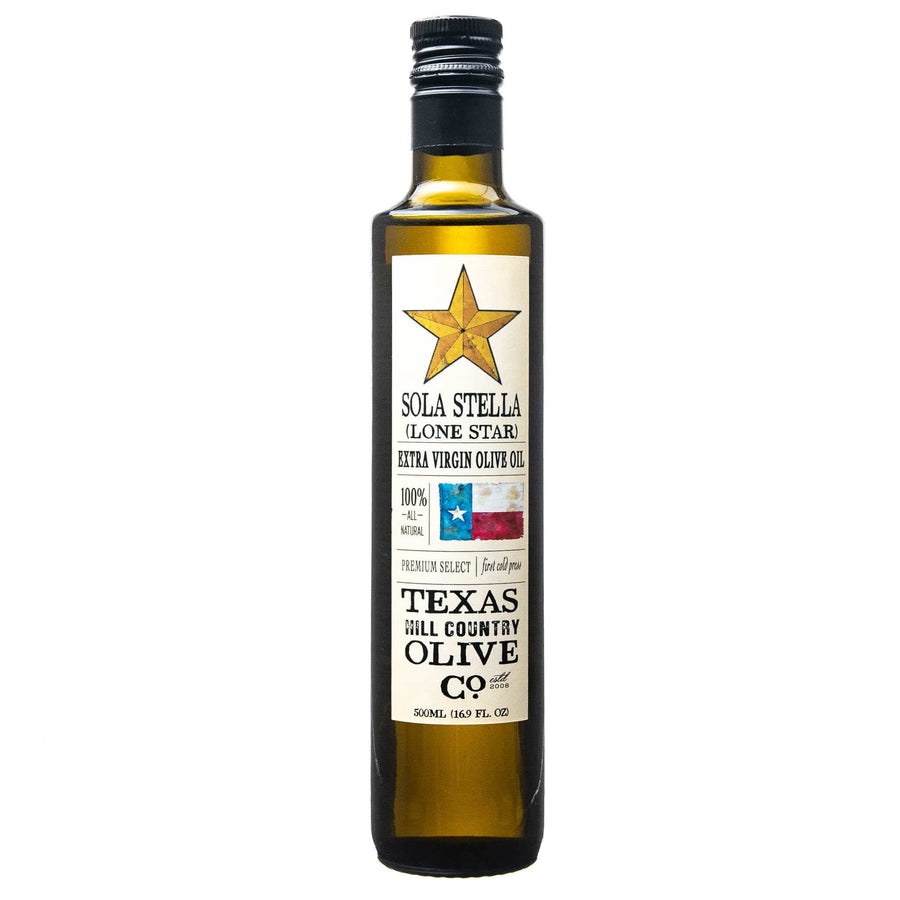

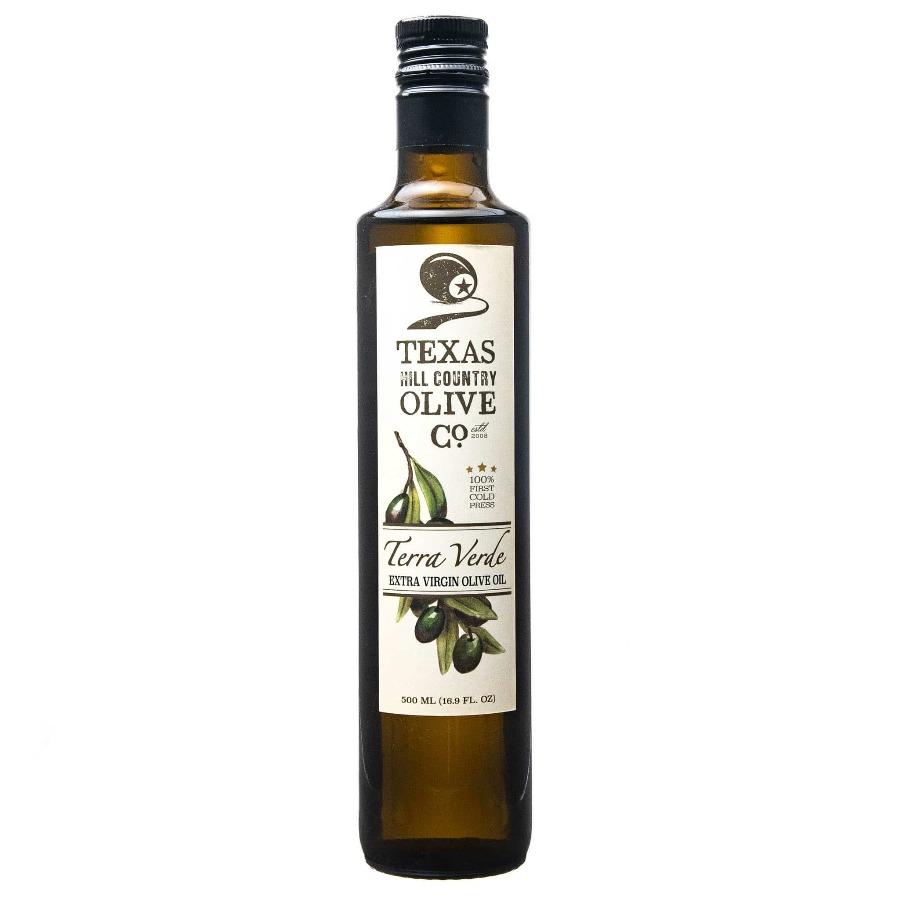
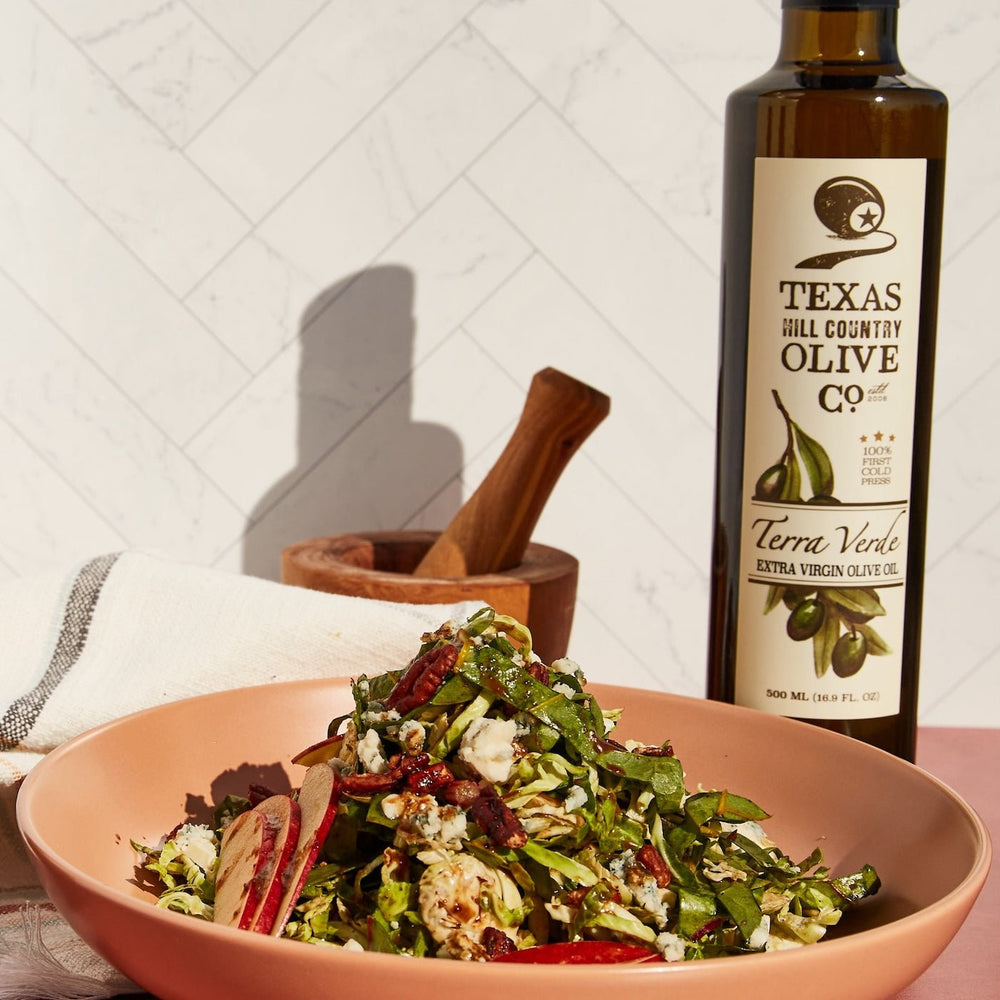
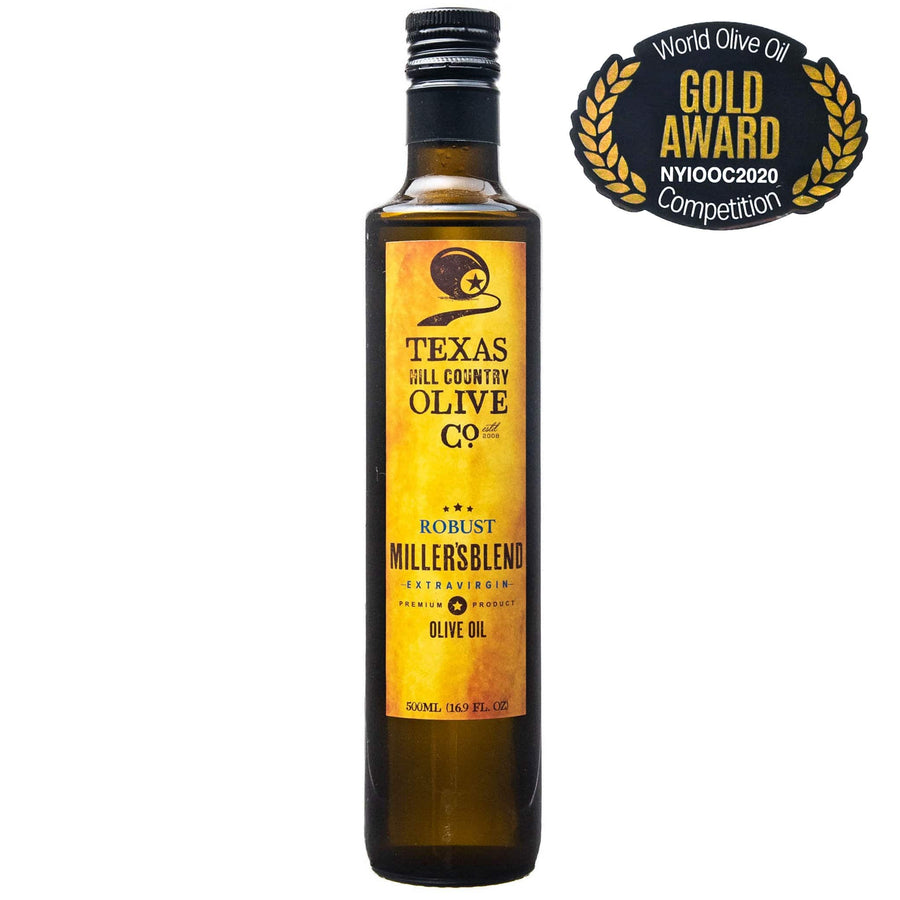
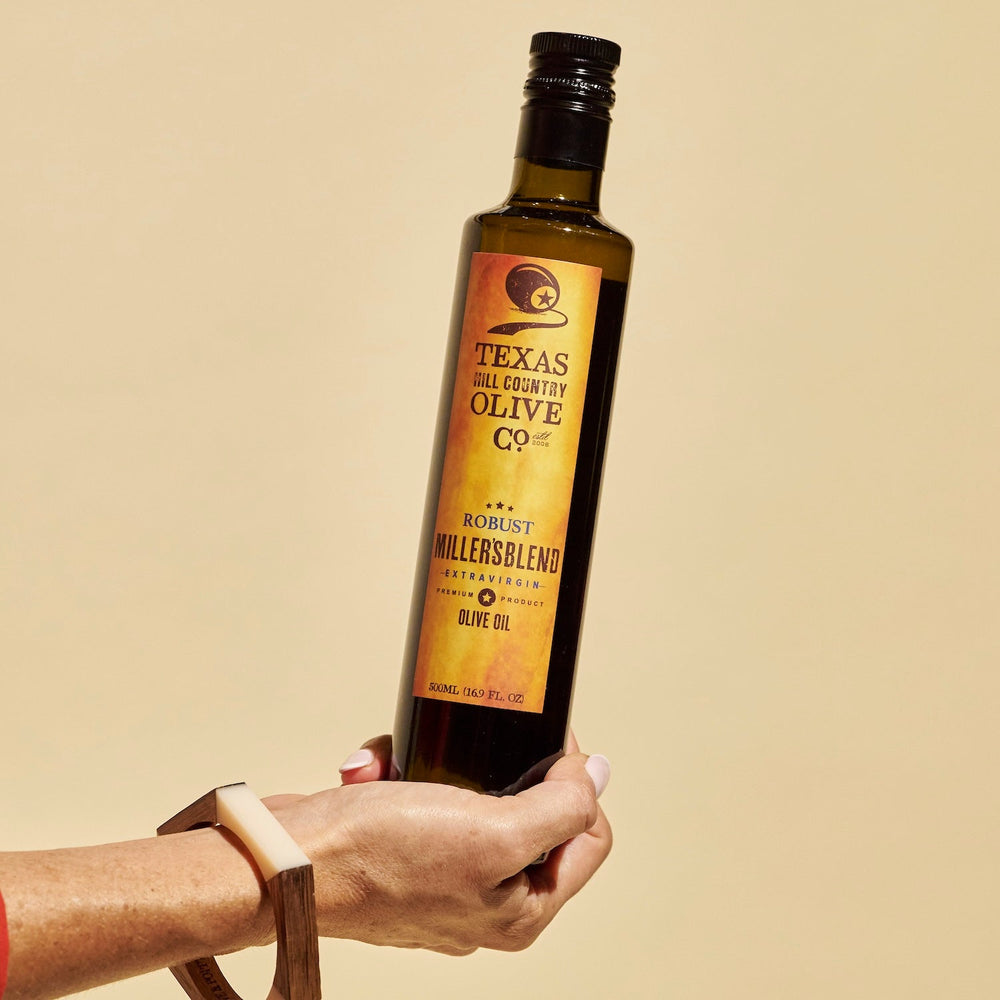
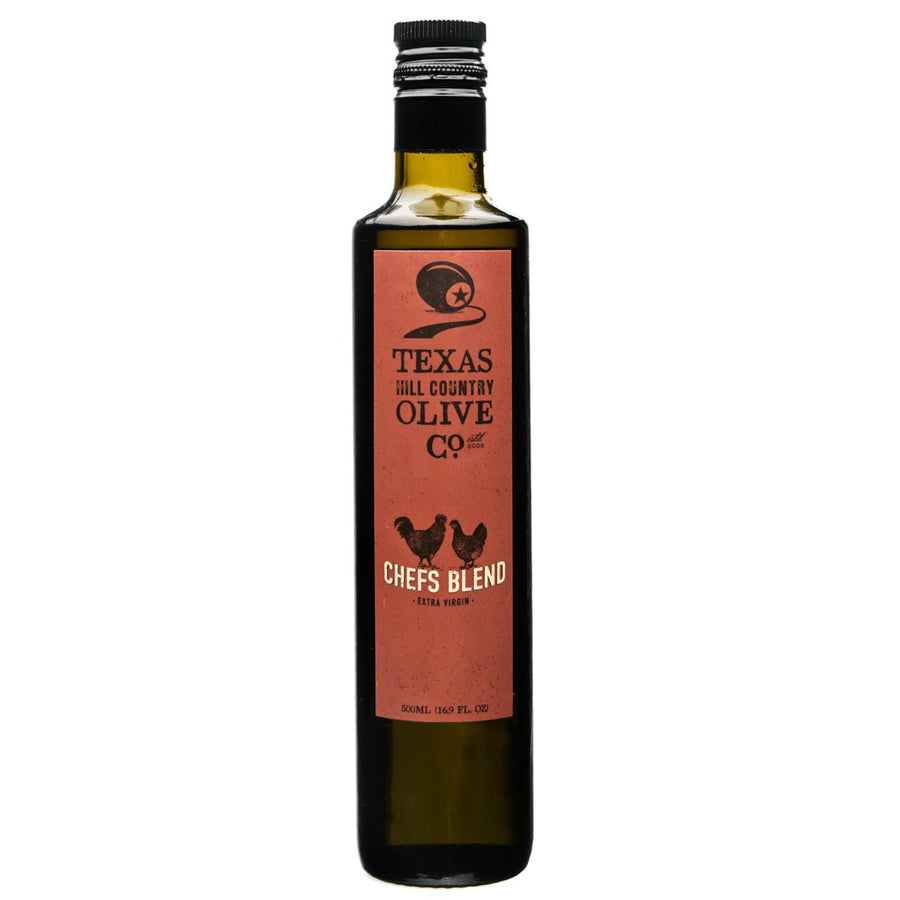



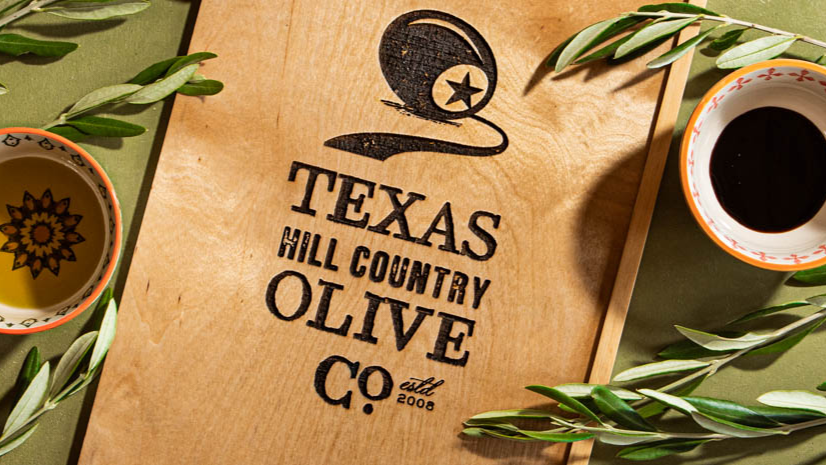


Leave a comment